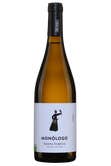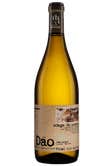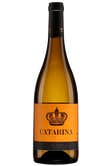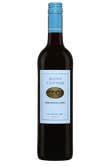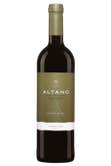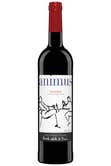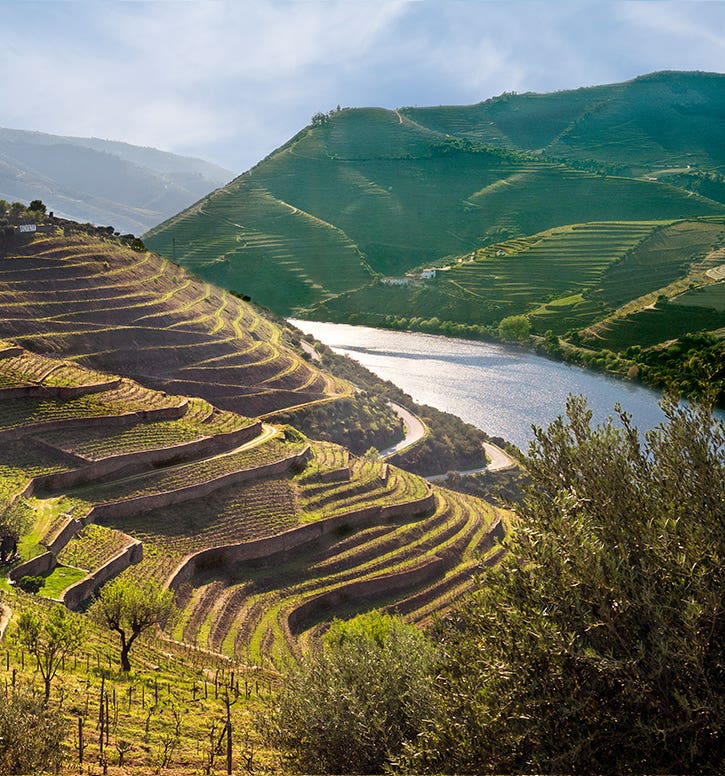

One thing’s for certain: no one could ever accuse Portuguese wines of lacking personality. Forget Cabernet or Chardonnay – well, almost – and enter the kingdom of Touriga Nacional, Alvarinho, Baga, Fernão Pires, Arinto, and Castelão. Distinctive grape varieties that create an evermore distinctive range of wines, as they are generally blended in very different ways depending on local traditions or local climate, creating an even greater range of possibilities.
There’s no shortage of tools for Portuguese winemakers to work with and create wines that are unique on an international, national, and regional scale: the country has over 250 known local varieties. No other country in Europe has a higher density of native grape varieties on its own territory, often with very distinctive genetic signatures, a sign that local winemakers have been doing their own thing for quite a while.
In old vineyards high up in places like the Douro Valley – one of the oldest regions to have been defined and regulated legally, in 1756 – it’s quite frequent for a good portion of the vines to be unidentified, after growing side by side for generations. As time went by, the vinhateiros just propagated what worked well and what they liked in their fields.
This co-planting approach and its gradual evolution in harmony with local conditions and tastes goes hand in hand with another distinctive feature of most Portuguese wines: blending. With notable exceptions like varietal Alvarinho in the Monção and Melgaço area of Vinho Verde or wines made from 100% Baga in Bairrada, most wines in Portugal build complexity and personality on the contributions of several or many grapes bringing various degrees of fruit, acidity, structure, aromatics, or mouthfeel. Savoury herbal or spicy notes emerge in unique and striking ways. Even Alvarinho most often shines in Vinho Verde in conjunction with varieties like Avesso, Loureiro, Azal, or Trajadura.
Red grapes recommended for use in Douro wines are another great example. They include Touriga Nacional, Tinta Roriz, Touriga Franca, Tinta Barroca, Tinto Cão, Sousão, Bastardo, Mourisco Tinto, Castelão, Rufete, Tinta Amarela, and Tinta Francisca. Some twelve different grapes, with several more also authorized: imagine how many combinations that allows…
It’s all in the grapes
Here are some of the most significant varieties among the more than 250 different ones planted in Portugal’s every nook and cranny.
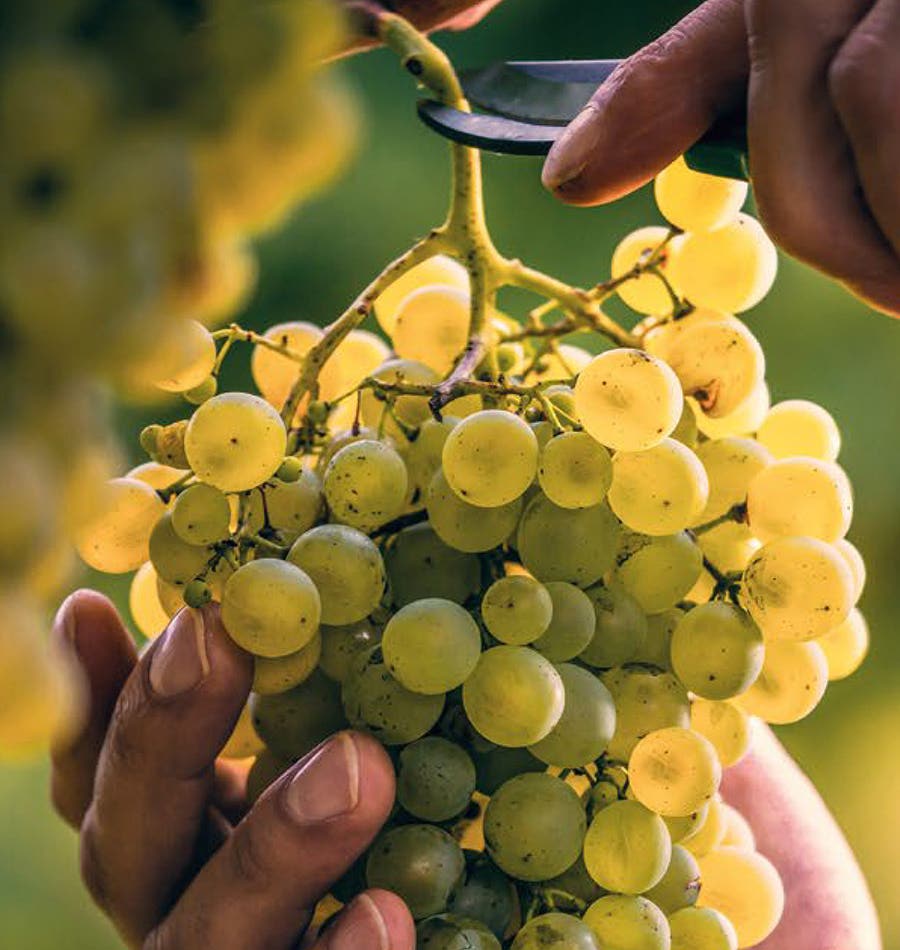

Whites
Alvarinho While it’s genetically the same as the Albariño used in Galicia, just north of Portugal, Alvarinho is used quite differently, to give some weight to blends of crisp and bright Vinho Verde, or as higher-end vintages showing richness, minerality, and ageability.
Arinto Late ripening, this variety shows apple and citrus character and a good mineral backbone, even in hotter areas and vintages.
Encruzado Particularly popular in Dão, this elegant variety, often showing a floral aspect, is fairly versatile, with a capacity for oak aging as well as vivacious and mineral versions.
Fernão Pires Also known as Maria Gomes, this aromatic variety is the most common white grape in Portugal. It can produce everything from tasty and lively sparkling wine to dessert wines.
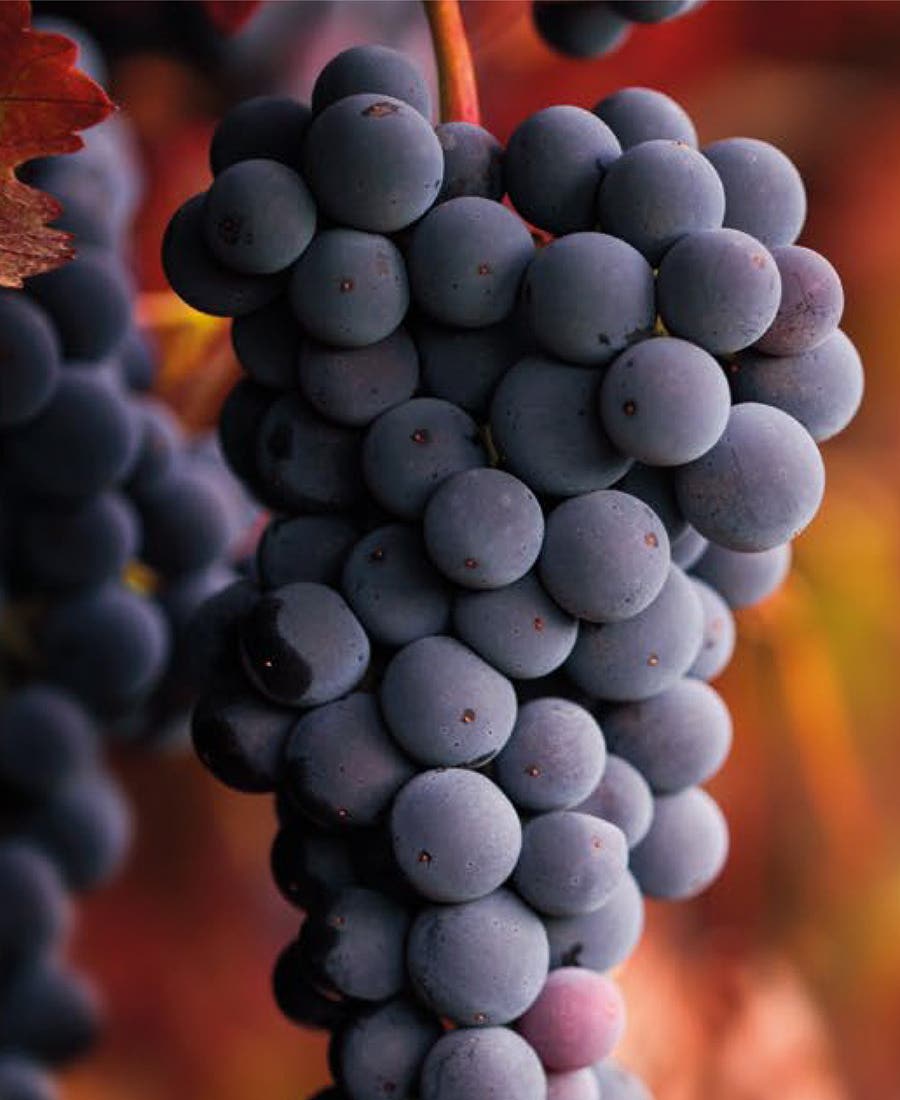

Reds
Baga With expressive red fruit notes, this typical Bairrada variety has tannins that can be fairly tight when young, but also allow long and beautiful aging, as notes of herbs and tobacco gradually emerge.
Castelão Very present in the South of Portugal, notably in the Setúbal peninsula, this versatile grape can produce fresh and fruity rosés and reds, as well as more structured vintages, with some floral and cedar elements.
Tinta Roriz The most-planted red grape in Portugal, actually the local version of Tempranillo, shows up in blends all over the country, from the Douro to Dão and the Alentejo, where it is known as Aragonez.
Touriga Franca Easy to cultivate, resistant to heat and drought, it produces structured yet floral and elegantly fruity wines. It is an important component of Douro reds and Ports.
Touriga Nacional Serious, rich in colour, complex in aromas (floral, herbal, fruity, and even savoury notes), it is a key component for Ports. At home in the Douro, its capacity for producing long-aging wines has made it popular across the country – and a rare Portuguese grape to show up in many other countries.
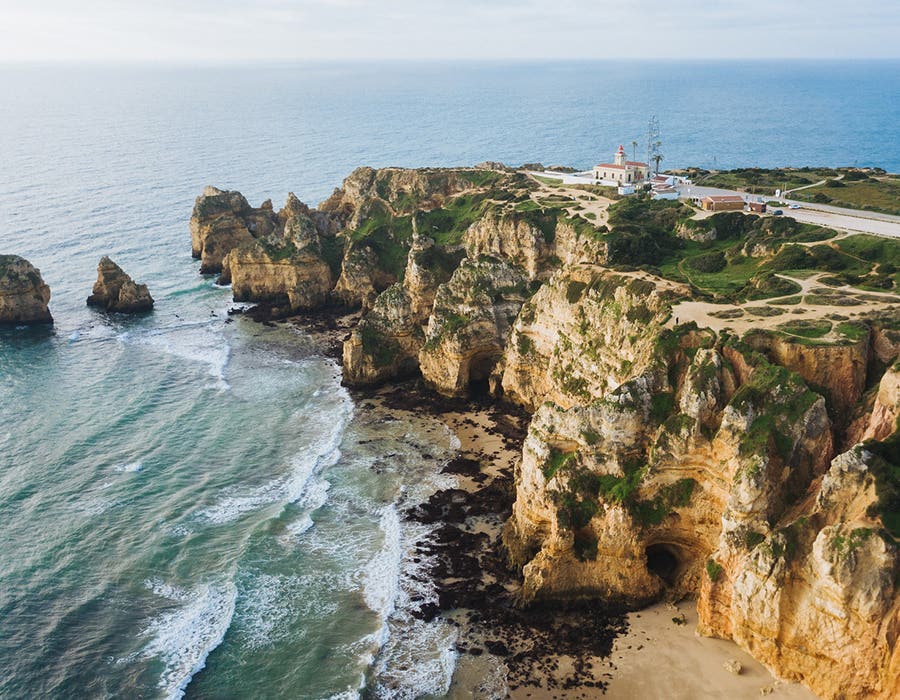

Ocean to mountain – and everything in between
Have we talked about climate and geography yet? If you’re close to the ocean, in the Minho or the Vinho Verde regions, rain is frequent and the climate highly variable. In the upper reaches of the Douro Valley, between 100 and 150 kilometers to the east, summer becomes like a furnace and the climate can be extremely dry, just as it is in parts of the Alentejo region, in the south. Meanwhile, Dão plays in between Mediterranean and Atlantic influences, with Colares, right next to Lisbon, feeling the full might of the Atlantic Ocean on some unique, sandy soils.
This great range of climate and weather patterns is the reason winemakers can make everything from the structured, tannic reds of the Alentejo or Dão to the bright, light whites of the Vinho Verde, and how a region like Bairrada can produce long-aging tannic reds, as well as lively and truly delicious sparkling wines – with some fun rosés in-between.
In Portugal, wine also derives an unfussy and accessible character through its deep connection to daily life and everyday meals. While there are exceptional wines meant to be cellared and brought out for celebrations and meaningful anniversaries, most are really meant for simple enjoyment and easy-drinking pleasure. A daily voyage of discovery on a regular budget? Who could say no to that?
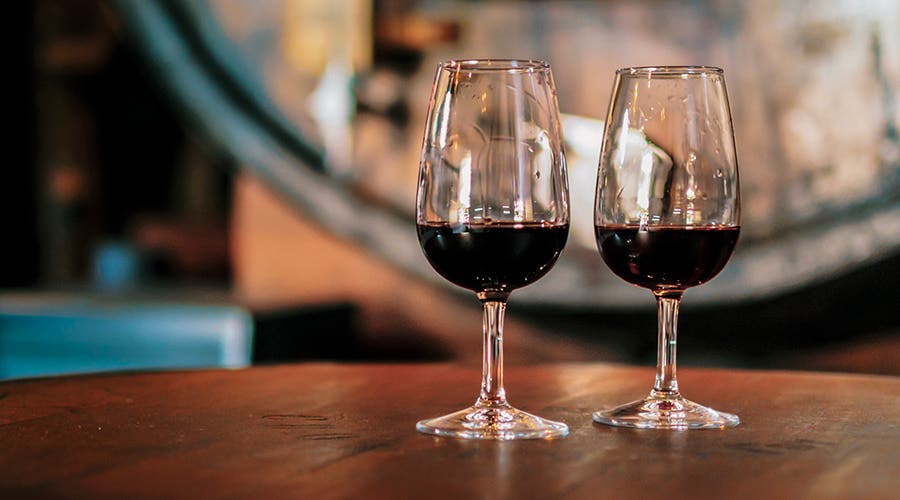

And for dessert…
While Portuguese table wines have been remarkably dynamic and successful in recent years, it’s worth keeping in mind the treasures that first made Portuguese vineyards famous on the international scene: Port and Madeira. These fortified wines, able to age for several decades (and even well over a century) can be absolutely exceptional in their complexity and in their power and/or finesse. And they’re just as unique, in their own way. Also keep an eye out for Moscatel de Setubal, dessert wines from Muscat whose prices are just as sweet as their taste.
To discover
Discover all our wines
from Portugal
 Free in-store delivery with purchases of $75+ in an estimated 3 to 5 business days.
Free in-store delivery with purchases of $75+ in an estimated 3 to 5 business days.

